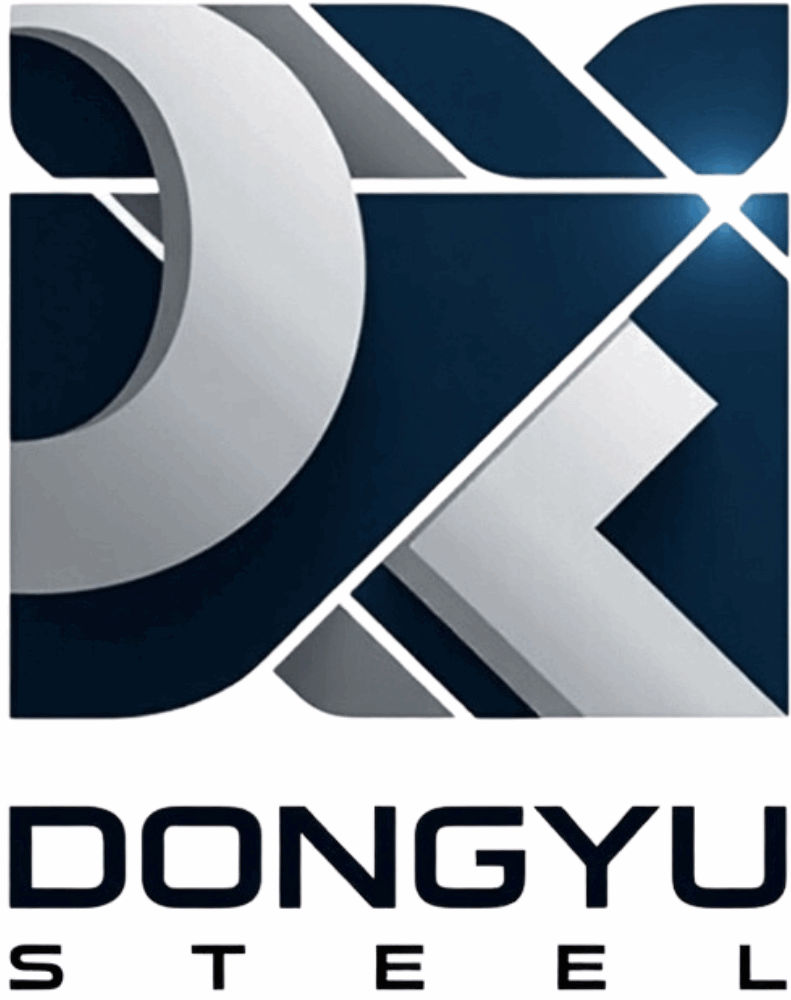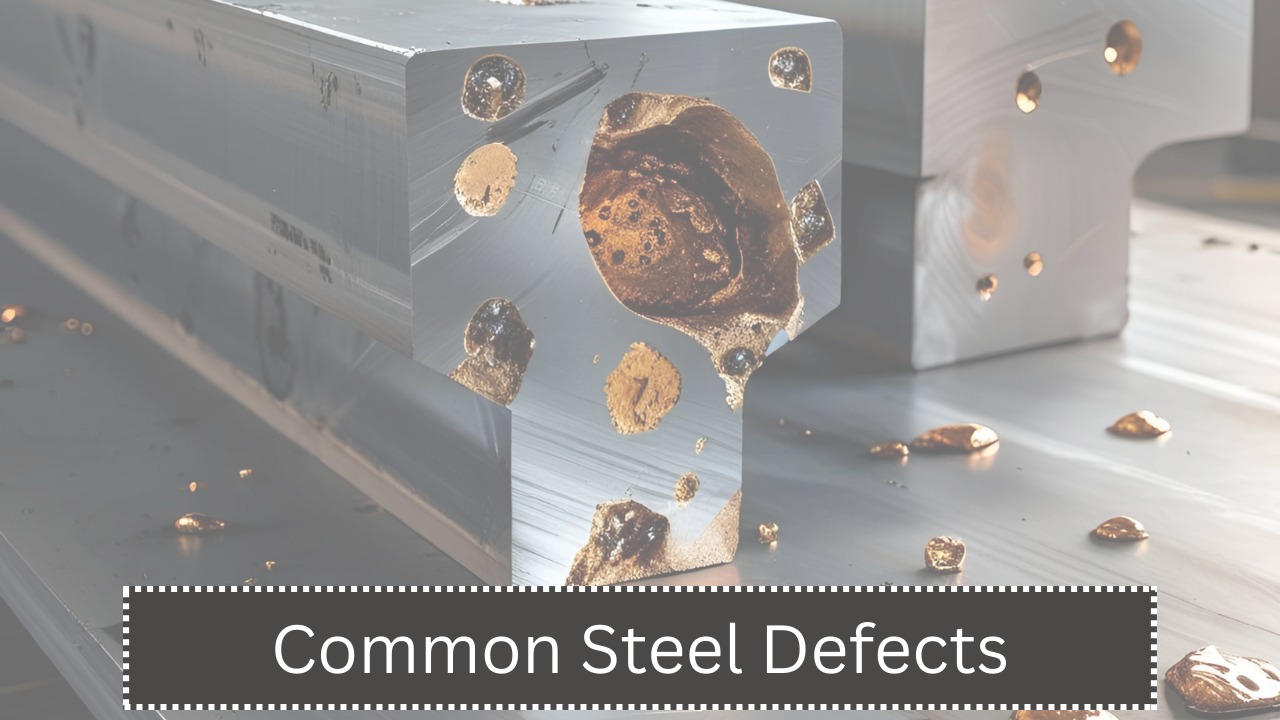Steel is one of the most important construction and manufacturing materials worldwide. From buildings and bridges to automobiles and pipelines, steel plays a crucial role. However, defects in steel can weaken the final product, cause performance issues, and increase costs. Understanding these defects and learning how to avoid them is essential for ensuring high-quality steel products.
This article explains the most common steel defects, their causes, and practical methods to prevent them.
1. Surface Defects
Surface defects are flaws that appear on the exterior of steel products. They may not always affect strength, but they lower the appearance and sometimes signal deeper internal issues.
Types of Surface Defects
| Defect Type | Description | Cause | Prevention |
|---|---|---|---|
| Scratches | Shallow lines or grooves on the surface | Poor handling or faulty rollers | Use protective handling tools |
| Scale | Oxide layers formed during hot rolling or heat treatment | Improper descaling or overheating | Use correct temperature and descaling methods |
| Pitting | Small cavities or holes on the surface | Corrosion, chemical reactions | Use corrosion-resistant materials, coatings |
| Rust | Red-brown discoloration from oxidation | Exposure to moisture or air | Store steel in dry, covered spaces |
| Cracks | Visible linear breaks or splits | Excessive stress, cooling too quickly | Controlled cooling, proper material selection |
2. Internal Defects
Internal defects occur within the steel structure. They are not visible on the surface but can significantly reduce strength and reliability.
Types of Internal Defects
| Defect Type | Description | Cause | Prevention |
|---|---|---|---|
| Inclusions | Foreign particles like slag or oxides trapped in steel | Impure raw materials, poor smelting practices | Use clean raw materials, better filtering |
| Blowholes | Gas pockets formed during solidification | Rapid cooling, gas entrapment | Proper degassing and controlled solidification |
| Seams | Internal lines from improper rolling | Rolling at incorrect temperatures | Use optimal rolling conditions |
| Laminations | Thin layers within the steel due to trapped gas or debris | Improper cleaning or rolling | Inspect and clean slabs before rolling |
3. Dimensional Defects
Dimensional defects refer to errors in the size, shape, or alignment of steel products.
Examples of Dimensional Defects
- Out-of-Round: In pipes or rods, circular shape becomes uneven.
- Warping: Steel bends or twists due to uneven stress or temperature.
- Incorrect Thickness or Width: Final product differs from design specifications.
Causes and Prevention
| Defect | Cause | Prevention |
|---|---|---|
| Out-of-Round | Uneven cooling, poor tooling | Use accurate dies and maintain proper temperature |
| Warping | Uneven stress during rolling or cooling | Cool steel uniformly, avoid over-rolling |
| Wrong Dimensions | Equipment misalignment, tool wear | Calibrate tools regularly, check measurements |
4. Mechanical Defects
Mechanical defects affect the strength, hardness, or flexibility of steel. These are critical in load-bearing applications.
Common Mechanical Defects
| Defect Type | Effect | Cause | Prevention |
|---|---|---|---|
| Brittle Fracture | Sudden break without warning | Low temperature, impurities | Use proper alloys, control working environment |
| Low Toughness | Steel easily deforms or breaks | Poor heat treatment | Apply suitable hardening and tempering methods |
| Residual Stresses | Internal stress remains after forming | Fast cooling, uneven deformation | Stress-relieving processes, slow cooling |
| Over-Hardening | Steel becomes too hard and brittle | Excessive heat treatment | Follow correct heat treatment parameters |
5. Welding Defects in Steel Structures
Welding is often used to join steel parts. Poor welding can lead to weak joints and safety risks.
Common Welding Defects
| Defect | Description | Cause | Prevention |
|---|---|---|---|
| Porosity | Small gas holes in the weld | Contaminated metal or electrode | Clean metal surfaces and use proper electrodes |
| Cracks | Breaks or splits along or near the weld | Improper technique or cooling | Use proper welding method and post-heating |
| Undercut | Groove in base metal along the weld | High current or fast travel speed | Adjust speed and voltage |
| Incomplete Fusion | Weld does not bond properly | Insufficient heat or poor angle | Ensure correct heat and electrode positioning |
6. Rolling and Forming Defects
During the shaping of steel into sheets, rods, or beams, forming defects can occur due to faulty processes or tools.
Rolling Defects
| Defect | Cause | Prevention |
|---|---|---|
| Edge Cracks | Excessive tension or temperature difference | Use uniform heating and correct rolling speeds |
| Center Cracks | Excessive strain at the center during rolling | Reduce reduction rate, optimize cooling |
| Wavy Edges | Uneven compression across the width | Align rollers and ensure uniform pressure |
How to Prevent Steel Defects: General Tips
- Use high-quality raw materials
Good quality input materials reduce the chance of impurities and inclusions. - Maintain equipment regularly
Calibrated and well-maintained machinery reduces dimensional and forming issues. - Control temperature and cooling
Heat treatment and cooling must follow correct cycles to avoid cracking or distortion. - Train workers properly
Skilled operators can detect issues early and apply proper handling or process corrections. - Use protective storage methods
Steel should be stored in clean, dry, and covered areas to avoid rust and pitting.
Quick Overview: Defects and Their Remedies
| Defect Category | Example Defect | Main Cause | Key Prevention Method |
|---|---|---|---|
| Surface Defect | Scratches | Rough handling | Use protective covers and tools |
| Internal Defect | Inclusions | Impurities in raw material | Better smelting and filtering |
| Dimensional Defect | Warping | Uneven cooling | Uniform temperature control |
| Mechanical Defect | Brittle fracture | Improper heat treatment | Follow correct tempering process |
| Welding Defect | Porosity | Contamination | Clean surfaces and electrodes |
| Rolling/Forming Defect | Edge cracks | High tension | Correct rolling speed and pressure |
Final Analysis
Steel defects can significantly affect the quality and performance of the final product. Whether it is a visible scratch or a hidden internal flaw, each defect has a specific cause and prevention strategy. Regular inspections, proper machinery use, clean materials, and correct processing techniques can help manufacturers avoid most defects. Reducing defects not only saves cost but also ensures safety and strength in all steel-based applications.

